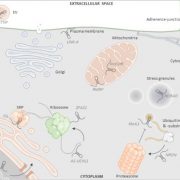
Review: Emerging roles of long noncoding RNAs in the cytoplasmic milieu (non-coding RNA)
Plant Science Research WeeklyReview: Emerging roles of long noncoding RNAs in the cytoplasmic milieu
Note: This article focuses on work in mammalian systems but may be of interest to plant biologists. Long non-coding RNA (lncRNAs) are ³200nt RNAs and represent almost 0.2% of cellular RNA pool. Early work focused on their roles…
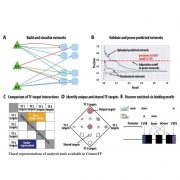
ConnecTF: A platform to integrate transcription factor-gene interactions and validate regulatory networks (Plant Physiology)
Plant Science Research WeeklyConnecTF: A platform to integrate transcription factor-gene interactions and validate regulatory networks
Gene regulatory networks (GFNs) are complex beasts, integrating multiple components of transcription factors (TFs), regulatory loci, and function -- not to mention the myriad datasets and methodologies…
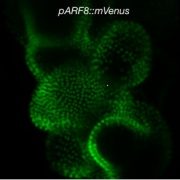
A network of transcriptional repressors modulates auxin responses (Nature)
Plant Science Research WeeklyA network of transcriptional repressors modulates auxin responses
Untangling developmental programs and their methods of regulation are key to understanding the lives of all organisms. In plants, auxin is a hormone essential for plant growth and development. The class A AUSIN RESPONSE FACTOR…
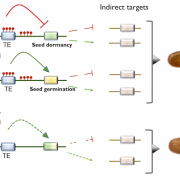
The canonical RdDM pathway mediates the control of seed germination timing under salinity ($) (Plant J.)
Plant Science Research WeeklyThe canonical RdDM pathway mediates the control of seed germination timing under salinity ($)
Epigenetic regulation can ensure that plant developmental programs and stress responses are tightly coordinated so that environmental changes do not compromise plant fitness. One of the mechanisms to achieve…

CLE40 induces localized root Ca2+ transients through CNGC9 (bioRxiv)
Plant Science Research WeeklyCLE40 induces localized root Ca2+ transients through CNGC9
Growth and differentiation of cells in the meristematic region are tightly regulated by different signaling pathways. In the root meristem, the small peptide CLE40 acts as a ligand that binds to cell surface receptors and regulates cellular…
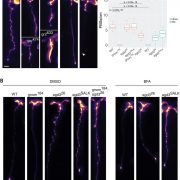
Cell wall remodeling and vesicle trafficking mediate the root clock in Arabidopsis (Science)
Plant Science Research WeeklyCell wall remodeling and vesicle trafficking mediate the root clock in Arabidopsis
Living organisms use biological clocks that are coordinated by temporal signals (time) and positional cues (space) during growth and development. In plants, the ‘root clock’ is generated by a mechanism involving…

Microbiota-root-shoot axis modulation by MYC2 favors Arabidopsis growth over defense under suboptimal light (bioRxiv)
Plant Science Research WeeklyMicrobiota-root-shoot axis modulation by MYC2 favors Arabidopsis growth over defense under suboptimal light
Below- and aboveground plant organs experience distinct biotic and abiotic environments. Thus, coordination between root and shoot responses are likely crucial for plant survival. Given that…

Plant Science Research Weekly: December 4, 2020
WWR Full PostReview: Organelles-nucleus-plasmodesmata signaling, and roles in plant physiology, metabolism and stress responses
Plasmodesmata (PD) are pores that connect plant cells and allow the flow of small molecules and information but also viruses. This traffic is tightly regulated, in large part by the deposition…
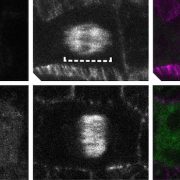
How Plant Cells Shape Spindles during Division
Blog, Research, The Plant Cell, The Plant Cell: In a NutshellHerrmann et al. uncover the role of KINESIN-12E in the rapid alignment of chromosomes during cell division. The Plant Cell (2020) https://bit.ly/3lCfIzf
By Arvid Herrmann
Howards Hughes Medical Institute at University of Texas at Austin, Sabine Müller, Center for Plant Molecular Biology, University…

